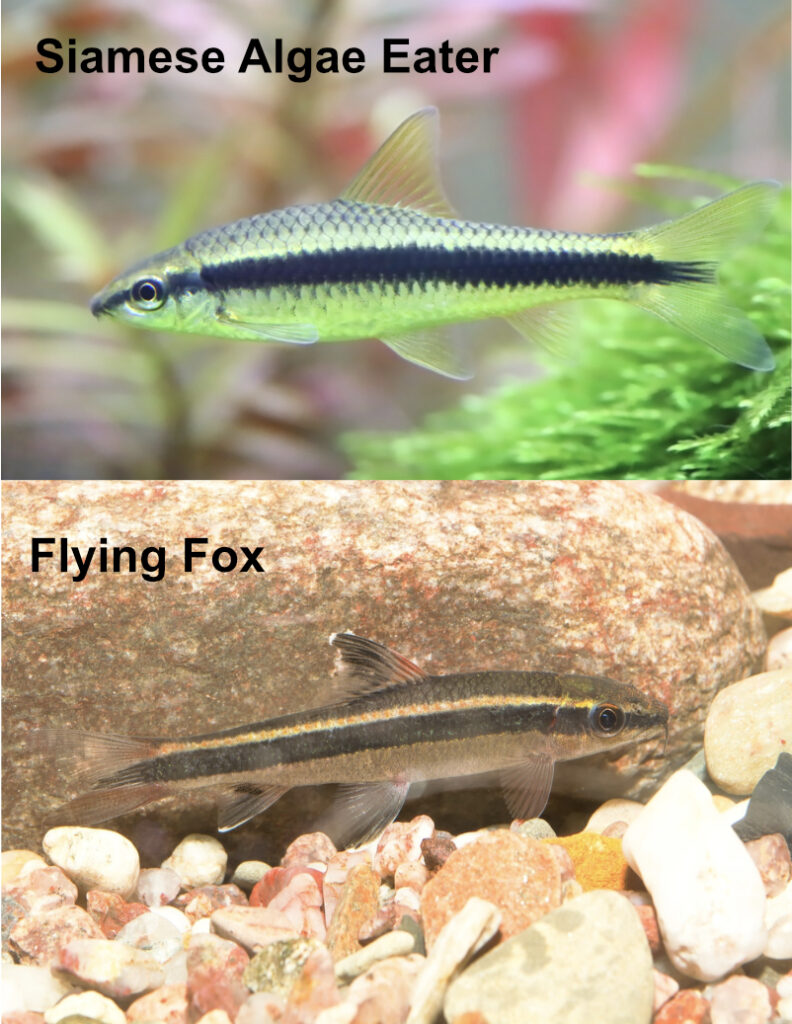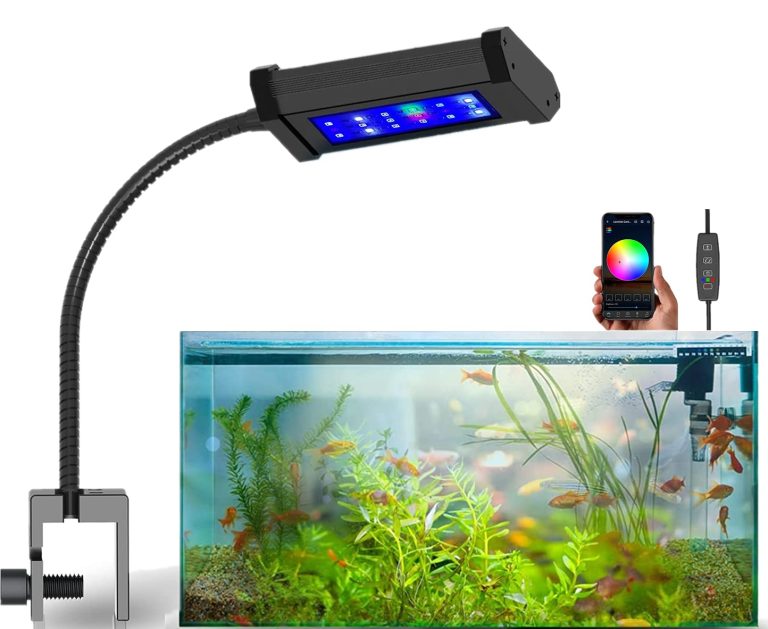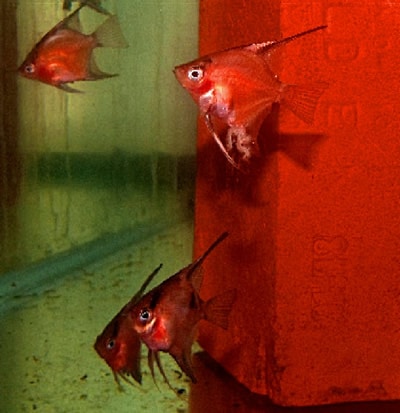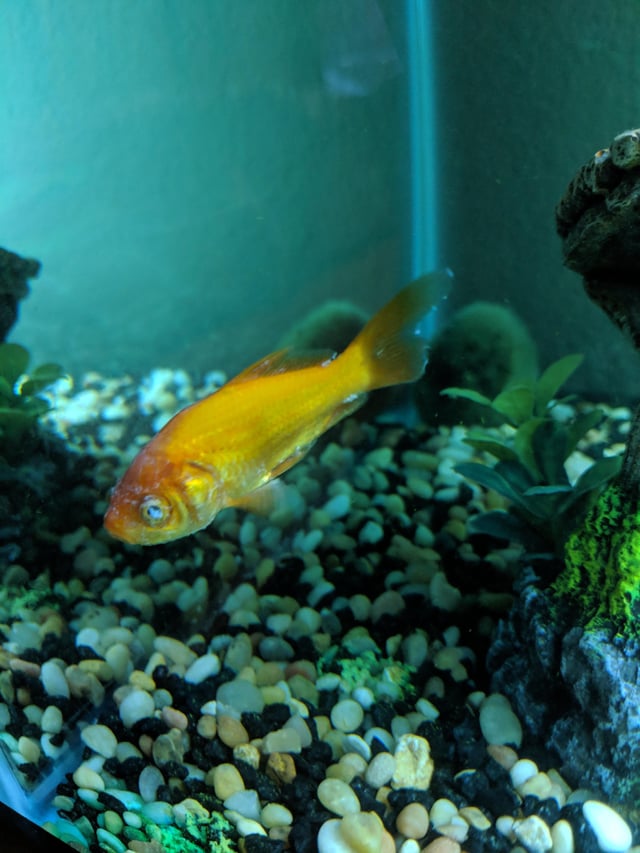Siamese Algae Eater Vs Flying Fox
Siamese Algae Eater vs Flying Fox: Which is the Superior Algae Muncher?
If you are an aquarium enthusiast, chances are you have encountered the frustrating problem of algae growth in your tank. Not only does algae mar the aesthetic appeal of your aquarium, but it can also harm the health of your fish and plants. To combat this issue, many hobbyists turn to algae-eating fish as a natural solution. Two popular options for algae control are the Siamese Algae Eater and the Flying Fox. But which one is the better choice? In this article, we will explore the characteristics, behaviors, and care requirements of these two fish to help you make an informed decision.
What is the difference between a Siamese Algae Eater and a Flying Fox?
When it comes to appearance, the Siamese Algae Eater (Crossocheilus oblongus) and the Flying Fox (Epalzeorhynchos kalopterus) look quite similar at first glance. Both species have a sleek and slender body with a black horizontal stripe running along their sides. However, upon closer examination, you will notice distinct differences. The Siamese Algae Eater has a more elongated body and a narrow snout, while the Flying Fox has a slightly curved body shape.
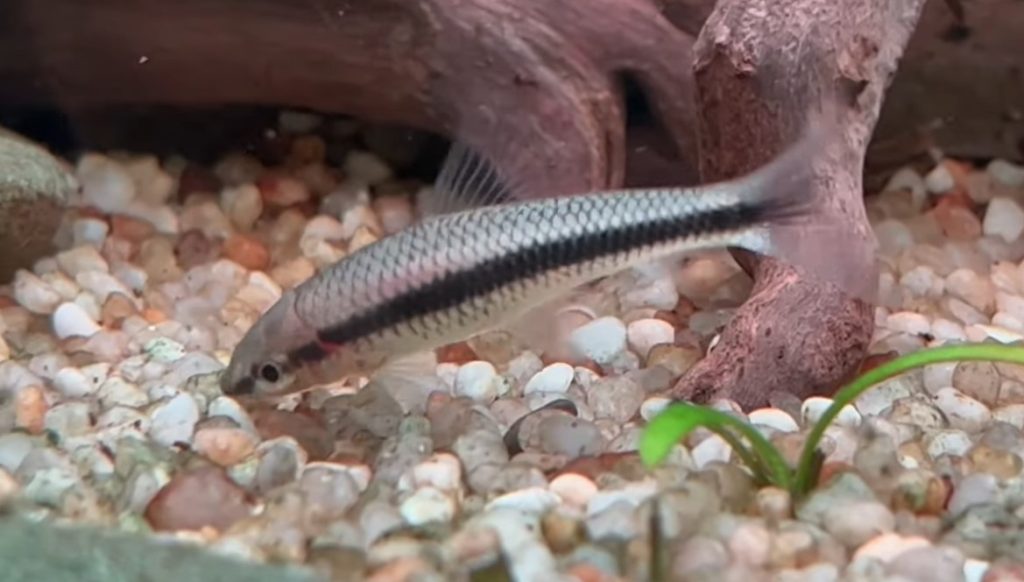
1. Habitat and Natural Range
The Siamese Algae Eater is native to Southeast Asia, specifically Thailand and Malaysia. It inhabits freshwater rivers and streams with a moderate current. In its natural habitat, this fish is often found in areas with dense vegetation and rocky substrates.
On the other hand, the Flying Fox is also native to Southeast Asia, but its range extends to countries like Cambodia, Laos, and Vietnam. It prefers slow-moving or stagnant waters such as ponds, swamps, and flooded forests. This fish can adapt to a wide range of habitats, from densely vegetated areas to open waters.
2. Algae-Eating Habits
Both the Siamese Algae Eater and the Flying Fox are known for their ability to eat various types of algae. However, their preferences and feeding behaviors differ slightly.
The Siamese Algae Eater primarily consumes soft green algae, including thread algae and hair algae. It also grazes on the surfaces of plant leaves, rocks, and tank decorations. One interesting behavior of this fish is its habit of scraping algae with its sucker-like mouthparts. This unique adaptation allows it to feed on algae even in hard-to-reach places.
The Flying Fox, on the other hand, is more versatile in its diet. It will readily eat soft green algae, but it also consumes filamentous algae, diatoms, and even leftover fish food. This makes it a better choice if you have a wider variety of algae present in your tank.
3. Social Behavior
Both the Siamese Algae Eater and the Flying Fox are peaceful fish that can coexist with a variety of tankmates. However, they differ in their social behavior, which can affect their compatibility with other fish species.
The Siamese Algae Eater is a schooling fish that thrives in the company of its own kind. It is best to keep them in groups of five or more to prevent stress and aggression. They are generally peaceful towards other fish, although males may display territorial behavior during breeding periods.
The Flying Fox, on the other hand, is a more solitary fish that can become territorial, especially in smaller tanks. It is important to provide them with plenty of hiding spots and ample swimming space to reduce aggression. If you plan to keep multiple Flying Foxes, a larger tank with a generous territory for each fish is recommended.
4. Tank Size and Setup
Both the Siamese Algae Eater and the Flying Fox require a well-maintained aquarium with a suitable setup to thrive. Here are some considerations for their tank requirements:
– Tank Size: The Siamese Algae Eater can be kept in a minimum tank size of 20 gallons. However, a larger tank with more swimming space is ideal, especially if you plan to keep them in a group. The Flying Fox also does well in a 20-gallon tank, but larger tanks are preferable for maintaining water quality and reducing territorial disputes.
– Water Parameters: Both species prefer slightly acidic to neutral water with a pH range of 6.5 to 7.5. The temperature should be maintained between 75°F and 82°F. Good filtration and regular water changes are essential to keep the water quality optimal.
– Tank Decorations: Providing ample hiding spots and vegetation is important for both fish. They enjoy having rocks, driftwood, and plants to explore and seek refuge. Live plants are particularly beneficial in controlling algae growth and providing a natural environment.
Frequently Asked Questions
Q: Can I keep Siamese Algae Eaters and Flying Foxes together in the same tank?
A: It is generally not recommended to keep Siamese Algae Eaters and Flying Foxes together in the same tank. While they are similar in appearance, they have different social behaviors and may become territorial. Keeping them together can lead to aggression and stress.
Q: Will Siamese Algae Eaters and Flying Foxes eat all types of algae in my tank?
A: Siamese Algae Eaters and Flying Foxes are effective in controlling certain types of algae, particularly soft green algae. However, they may not completely eradicate all types of algae. It is important to address the underlying causes of excessive algae growth, such as imbalanced lighting, nutrient levels, and water parameters.
Q: Can Siamese Algae Eaters and Flying Foxes be kept with other fish species?
A: Both Siamese Algae Eaters and Flying Foxes are generally peaceful and can coexist with a variety of community fish. However, it is important to consider the temperament and compatibility of other fish species in the tank. Avoid keeping them with aggressive or fin-nipping species.
Final Thoughts
When it comes to choosing between the Siamese Algae Eater and the Flying Fox, both fish have their merits as algae eaters for an aquarium. The Siamese Algae Eater is a great choice for those dealing with soft green algae, while the Flying Fox offers a wider diet range. Consider your algae problem, tank setup, and the social dynamics of your aquarium when making your decision. Remember, proper care and maintenance are crucial for the health and well-being of these fish, so invest time and effort in creating a suitable environment for them. Happy fish-keeping!
